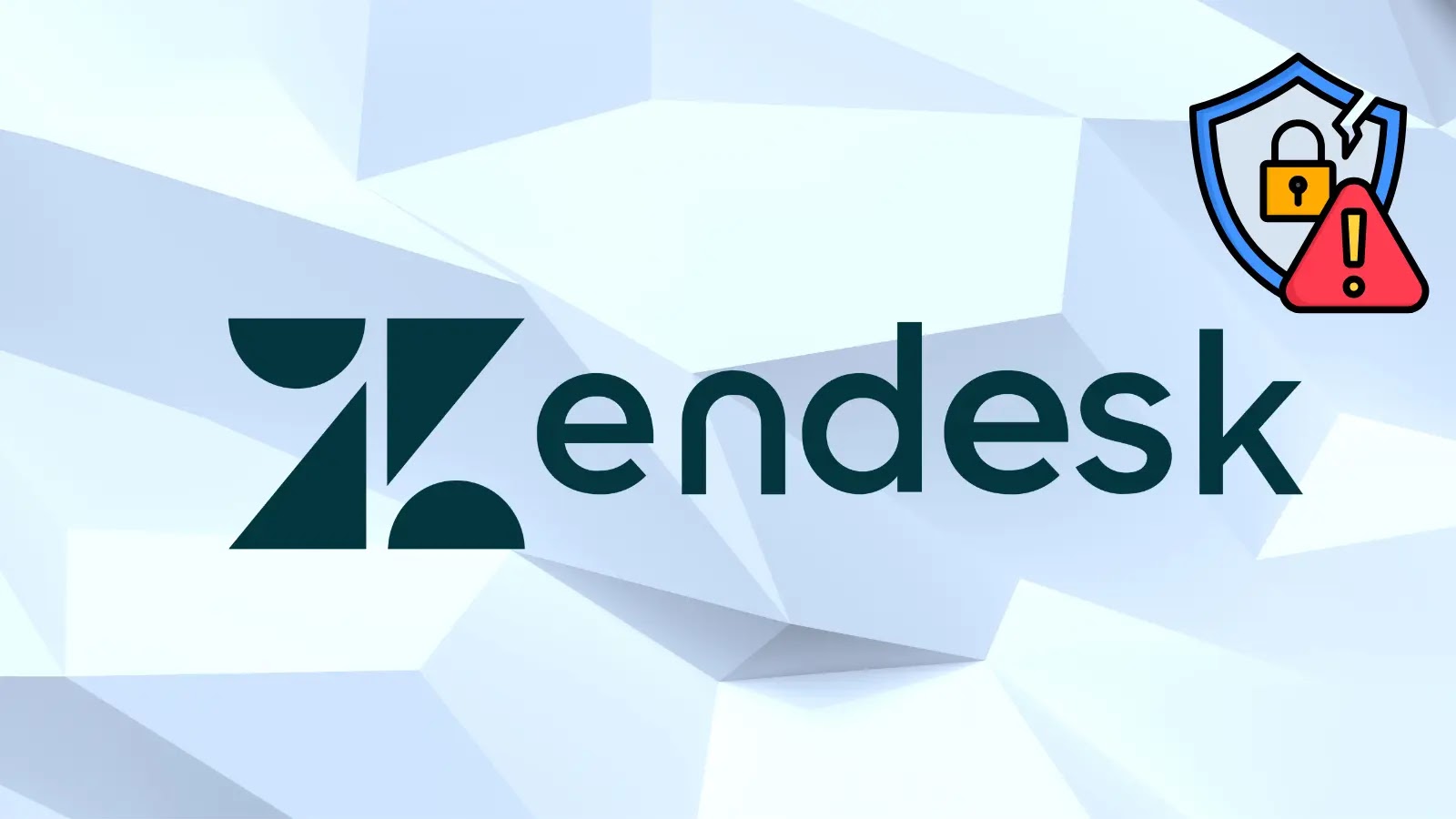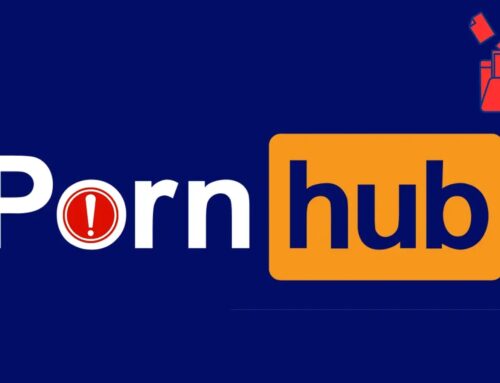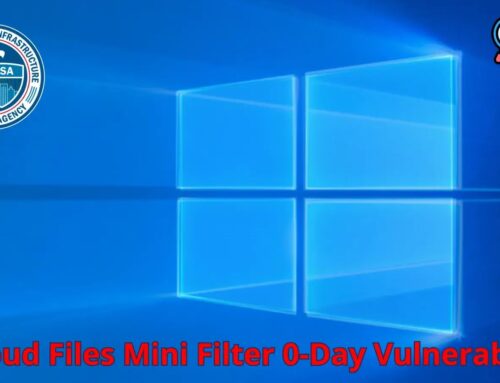
0-Click Zendesk Account Takeover Vulnerability Enables Access to all Zendesk Tickets
Urgent Security Alert: 0-Click Zendesk Account Takeover Puts Organizations at Risk
A severe vulnerability has been uncovered within Zendesk’s Android SDK implementation, allowing for mass account takeovers with zero user interaction. This critical flaw, rooted in predictable token generation, grants unauthorized access to all Zendesk support tickets across affected organizations. For businesses leveraging Zendesk for customer support, this represents a significant security incident demanding immediate attention.
The Core of the Vulnerability: Predictable JWT Generation
The vulnerability primarily stems from a predictable JSON Web Token (JWT) generation mechanism within the Zendesk Android SDK. Researchers discovered that the SDK’s method of generating tokens for user authentication contained weaknesses that could be exploited. Instead of robust, cryptographically secure randomness, the tokens’ predictable nature allowed an attacker to guess or calculate valid tokens. This predictability facilitates unauthorized session initiation, bypassing standard authentication protocols.
Once a valid token is generated or predicted, an attacker can effectively impersonate a legitimate Zendesk user. The severity of this issue is amplified by the fact that it requires no interaction from the victim – a true “0-click” exploit. This means an attacker doesn’t need to trick a user into clicking a malicious link, opening a corrupted file, or entering credentials. The exploitation can occur silently in the background, making it incredibly insidious and difficult to detect without vigilant monitoring.
Impact: Full Access to Zendesk Tickets and Sensitive Information
The implications of this vulnerability are profound. With the ability to take over accounts, attackers gain comprehensive access to an organization’s Zendesk support tickets. This includes, but is not limited to:
- Sensitive Customer Data: Names, email addresses, phone numbers, and potentially other personally identifiable information (PII) shared within support conversations.
- Proprietary Business Information: Details about product issues, internal processes, service disruptions, and confidential communications between customers and support agents.
- Support Ticket Manipulation: The ability to read, modify, delete, or create new support tickets, potentially disrupting customer service, escalating privileges, or launching phishing campaigns from within a trusted environment.
- Reputational Damage: Data breaches stemming from compromised support systems can severely damage an organization’s reputation and erode customer trust.
The extent of this access effectively constitutes an “account takeover” due to the comprehensive control an attacker can achieve over the compromised Zendesk presence.
Acknowledged and Patched: The $3,000 Bug Bounty
This vulnerability was responsibly disclosed to Zendesk by security researchers. Zendesk acknowledged the flaw and, notably, issued a $3,000 bug bounty payment for its discovery. This indicates that Zendesk recognized the severity and impact of the vulnerability. It is crucial for organizations to understand that the existence of a bounty payout signifies a validated and significant security risk that has now been addressed by the vendor.
While the specific Common Vulnerabilities and Exposures (CVE) identifier for this vulnerability was not publicly specified in the immediate disclosure, it is highly likely that Zendesk has or will register one. Organizations should regularly check the official CVE database for updates related to Zendesk products and SDKs.
Remediation Actions and Best Practices
For any organization utilizing Zendesk, especially those whose users interact with its Android applications, immediate action is paramount.
- Update Zendesk Android SDK: The most critical step is to ensure that all instances of the Zendesk Android SDK used in your applications are updated to the latest patched version. This addresses the predictable token generation flaw directly. Regularly monitor Zendesk’s official release notes and security advisories for patches.
- Implement Strong Authentication: While this vulnerability bypasses some authentication layers, reinforcing your overall authentication posture is always beneficial. Encourage the use of strong, unique passwords and multi-factor authentication (MFA) for all Zendesk user accounts (agents, administrators, end-users where applicable).
- Regular Security Audits: Conduct periodic security audits and penetration tests of your Zendesk configuration and any custom integrations. Focus on authentication mechanisms, API usage, and data handling practices.
- Monitor Access Logs: Routinely review Zendesk access logs for unusual activity, such as logins from unexpected locations, excessive API calls, or access to sensitive tickets by unauthorized personnel.
- Principle of Least Privilege: Ensure that Zendesk agent accounts operate with the minimum necessary permissions required for their roles. This limits the blast radius in case an account is compromised.
- Employee Training: Educate support staff on phishing awareness, social engineering tactics, and the importance of reporting suspicious activity. Even though this is a 0-click exploit, robust security awareness contributes to overall resilience.
Tools for Detection and Mitigation
While direct detection of this specific 0-click exploit might have been challenging prior to the patch, several tools and practices aid in overall Zendesk security and post-exploit detection:
| Tool Name | Purpose | Link |
|---|---|---|
| Zendesk Security Center | Provides built-in security features, audit logs, and compliance reporting within the Zendesk platform. | https://www.zendesk.com/security/ |
| OWASP ZAP / Burp Suite (Community/Pro) | Web application security scanners; useful for identifying vulnerabilities in custom integrations or API endpoints related to Zendesk. | https://www.zaproxy.org/ https://portswigger.net/burp |
| Mobile App Security Scanners (e.g., MobSF) | Automated mobile app security analysis frameworks; can help identify insecure coding practices within your mobile applications using the Zendesk SDK. | https://opensecurity.in/MobSF/ |
| SIEM Solutions (e.g., Splunk, ELK Stack) | For centralized log management and threat detection; can ingest Zendesk audit logs for anomalous activity correlation. | https://www.splunk.com/ https://www.elastic.co/elk-stack |
Conclusion
The discovery of a 0-click account takeover vulnerability in Zendesk’s Android SDK underscores the continuous need for vigilance in cybersecurity. Predictable token generation mechanisms, while seemingly minor, can have catastrophic consequences, leading to full access to sensitive data within critical business applications like Zendesk. Immediate patching of affected SDKs is crucial. Beyond patching, organizations must maintain a robust security posture, including strong authentication, regular audits, and proactive monitoring, to safeguard against evolving threats and protect their invaluable customer and business information.





